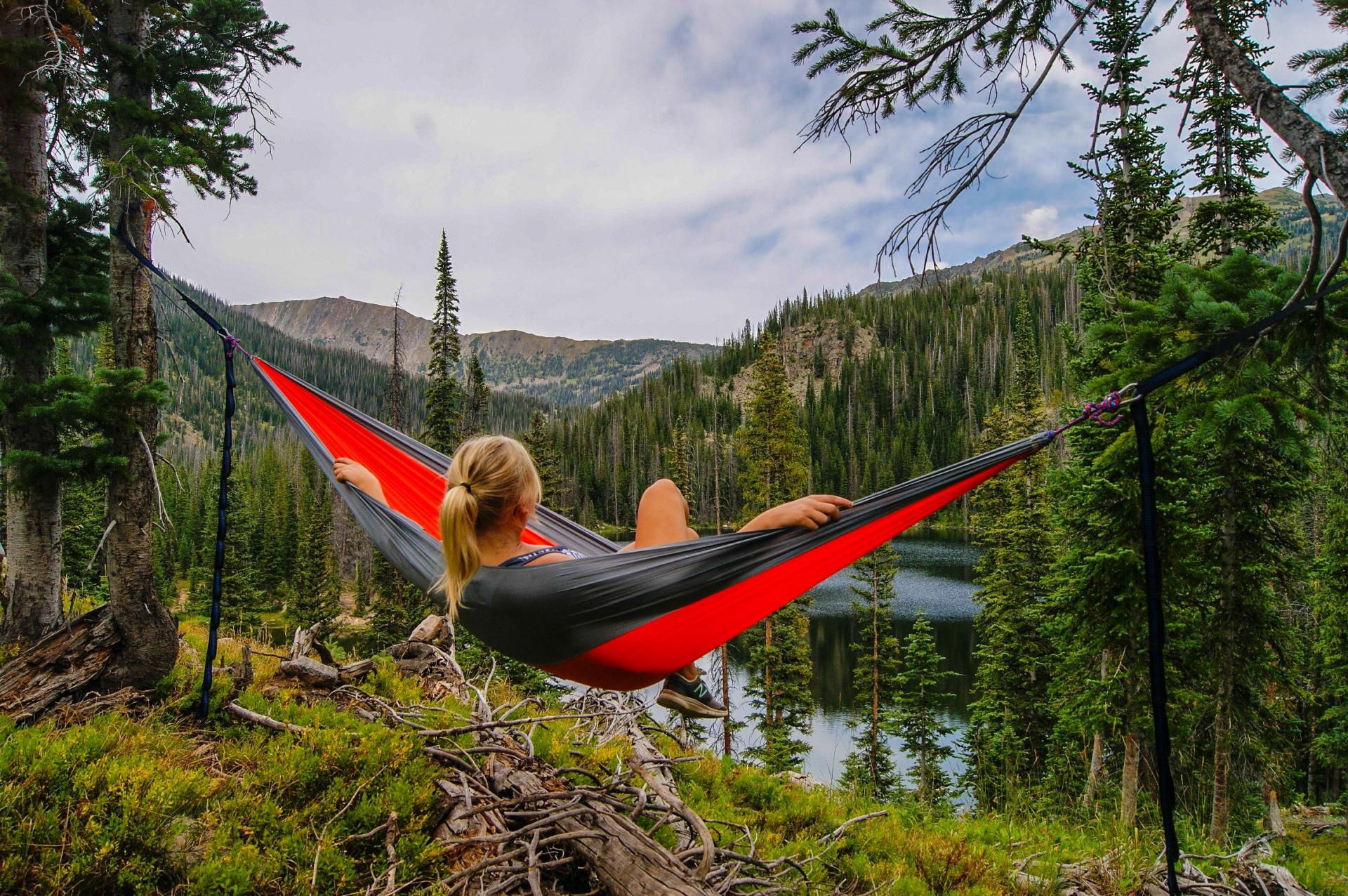First aid is an invaluable skill to have anywhere, but it’s especially important in the back of beyond, for treating yourself or others. Keep a kit in your car and pack a soft mini kit bag for overnight treks and travelling with my list of essentials and how to learn to use them.

You could simply buy a first aid kit, of course (I like Lifesystem’s Adventurer first aid kit, £17.98), but I prefer to fill a soft, travel-friendly bag with personalised essentials. Stock up on my 17-piece kit, learn how to use it all and carry your portable hospital with you in your backpack on your travels.
Adventure travel first aid kit essentials
Scissors
Sterile gloves
Non-adhesive dressing
Sterile compress
Medical tape
Gauze bandages
Sterile eye dressing
Painkillers
Antibacterial ointment
Thermometer
Disinfectant wipes
Tweezers
Insect repellent
Energy gel
Antihistamine tablets
Distilled water
First aid manual
Learning first aid
Of course, a kit full of useful medicines is useless if you aren’t sure how to use them. If your work offers first aid training get signed up stat. Or you can pay for a course with a local college or the Red Cross. First aid for free is an online site that does what it says on the tin – a great way to learn basic concepts or to keep your skills fresh. And the Skills Training Group have a great list of low-cost first aid courses ideal if you’d like to qualify as a first aider. Grab a copy of the St John’s Ambulance First Aid manual (£11.94), read up on it and keep it close to your kit when you’re at home.
One thing I always include in my outdoor first aid kit is a triangular bandage. They are so versatile as they can be used as a arm sling – elevated and regular, hand bandage, broad bandage, narrow bandage and even a tourniquet (for people trained how to use one). You can even use it as a bandana to help prevent heat stroke.